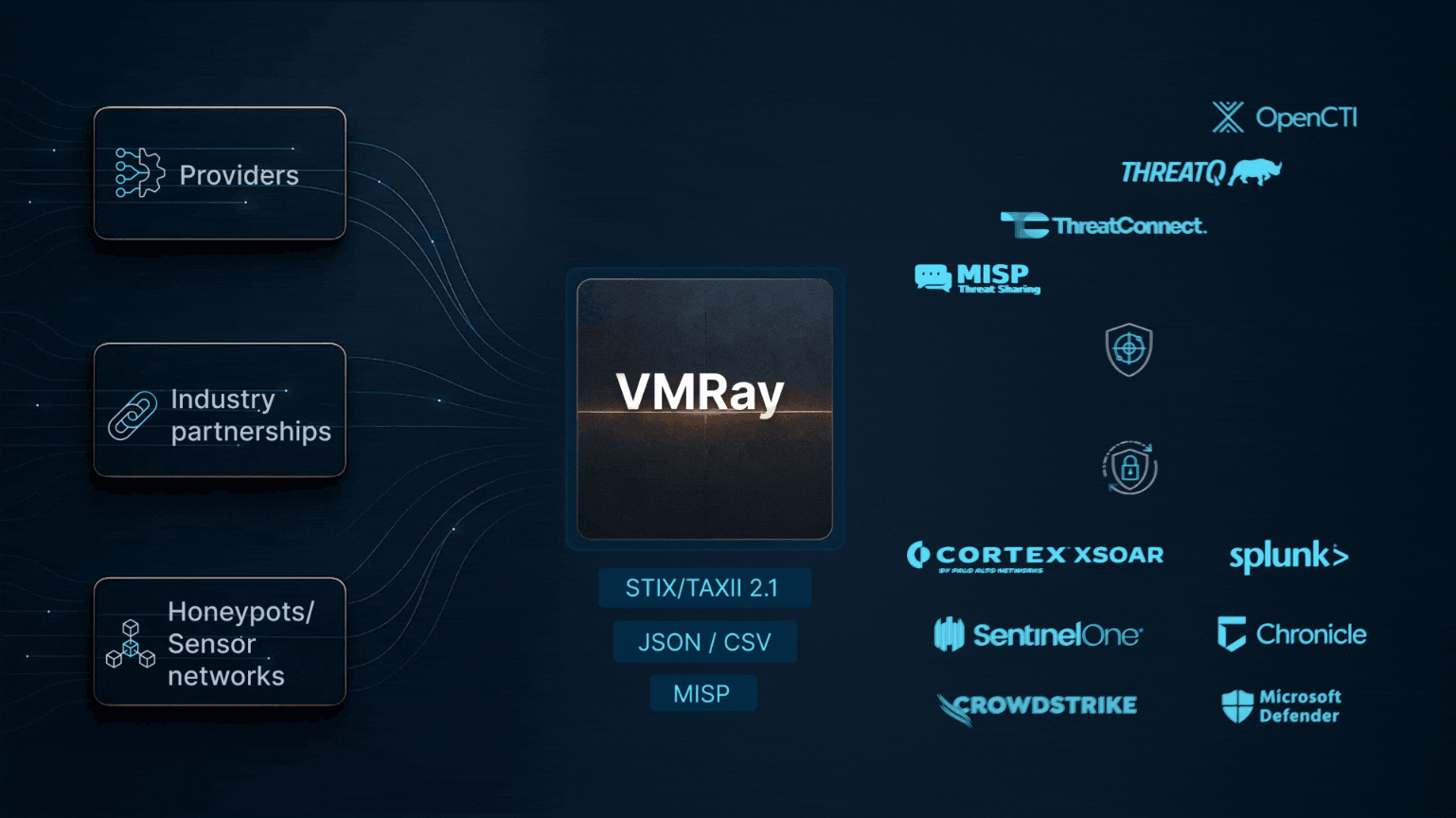In this analysis, the VMRay Labs Team examines the behavior of Rhino Ransomware (first identified in April 2020). This sample was found by Twitter user @GrujaRS on May 4th.
In this analysis, the VMRay Labs Team examines the behavior of Rhino Ransomware (first identified in April 2020). This sample was found by Twitter user @GrujaRS on May 4th.

Threat Researcher
Patrick Staubmann joined VMRay as a threat researcher back in 2019. As part of the Threat Analysis team, he continuously researches the threat landscape and conducts analyses of malware samples in depth. To further improve the companies’ product, he also extends its detection capabilities in form of behaviour-based rules, YARA rules, and configuration extractors. He is especially interested in reverse-engineering, low-level system security and exploitation.

Security Product Manager
As the Security Product Manager of VMRay, Fatih Akar leads the Advanced Threat Detection & Analysis related product initiatives. Before joining the products team, he worked as a Solution Engineer at VMRay, liaising between customers, quality assurance, and product management. Before joining VMRay, Fatih held various security engineering roles in large enterprises which operate in multi-national locations.




